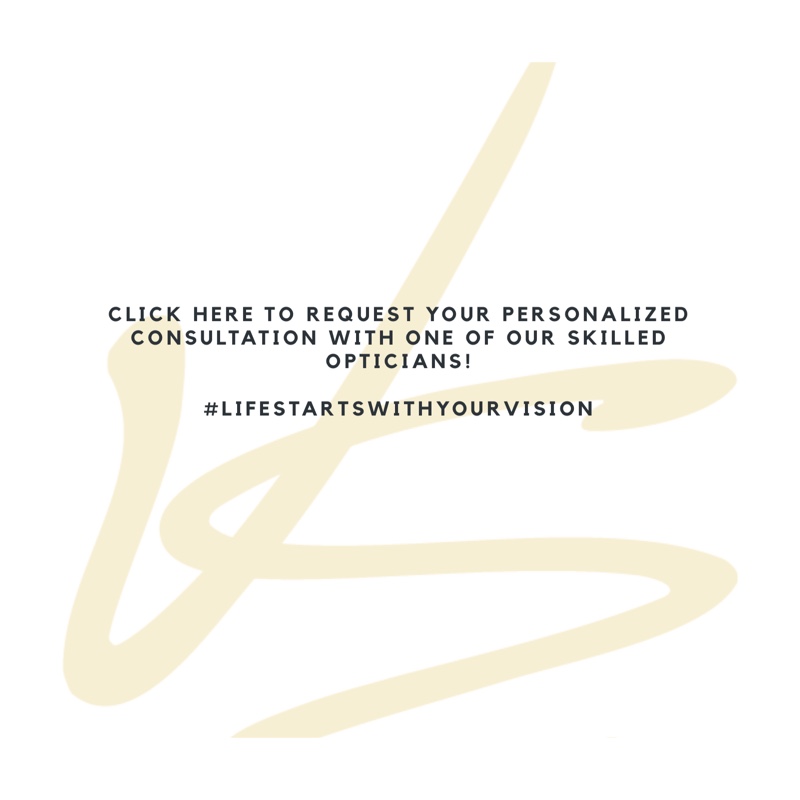Anti-Reflective Coating On Glasses: Six Things You Need To Know

If you’ve bought a pair of specs within the last decade, walked by an optical, or watched tv long enough to see any optical commercials, you’ve undoubtedly heard about anti-reflective coating on glasses. So what exactly is anti-reflective coating, and is it really that important to your next pair of glasses? Before your next eyewear purchase, take some time to consider the facts about anti-reflective coating on glasses.
One: Anti-reflective coating on glasses cuts glare and allows more light through to your eyes.
Anti-reflective coating, often referred to as AR, or non-glare, is a coating that is applied to the surface of a lens. The purpose of this anti-reflective coating is to reduce the amount of glare that reflects off your lenses.
It allows more light to pass through your lenses to your eye, giving you sharper and clearer vision.
Two: Anti-reflective coating reduces the appearance of glare on your lenses, allowing people to see your eyes instead of your lenses.
Have you ever worn your glasses when someone takes a picture of you? If you saw that picture later, you may have thought, “Hey! Where are my eyes?” Often in photos and certain lighting, the light bouncing off your lenses makes it difficult to actually see your eyes.
Anti-reflective coating on glasses improves how you look in glasses by greatly reducing the appearance of glare on your lenses.
Three: Anti-reflective coating is proven to reduce eye strain.
Because anti-reflective coating on glasses allows more light to pass through to your eye, your eyes can relax while wearing your glasses.
Your vision will be clearer and sharper, resulting in less need to strain and focus hard to see.
With our busy lives, careers, and our ever-increasing use of technology and blue light, eye strain and fatigue is on the rise. Why not utilize an anti-reflective coating on your glasses to protect your eyes and keep them comfortable?
Four: Anti-reflective coating is not the same as a scratch coat.
Anti-reflective coating on glasses is not the same as a scratch coating. In fact, because some of the older anti-reflective coatings were softer than the lens material beneath it, it could actually scratch more easily than an uncoated lens.
However, the newer anti-reflective coatings have been designed to more readily resist scratches.
Along with that, most manufacturers offer a scratch warranty on their anti-reflective coatings. That way if your lenses do scratch, the company can easily replace them. Also, with proper care and cleaning, you should be able to avoid scratches on your lenses.
Five: Anti-reflective coatings have evolved greatly in the past decade.
Anti-reflective coating on glasses seems to have had mixed reviews in past years. But thanks to cutting edge technology and progressive thinking, AR has improved by leaps and bounds in the past decade.
Manufacturers have changed anti-reflective coating from a varnish that used to peel and come off of the lenses to a core part of the lens that is applied through a thorough and detailed heating process.
Six: Anti-reflective coatings are not all the same.
Anti-reflective coatings vary to fit the needs of specific people and their specific lifestyles.
Here at Vision Source Meadville, we offer several kinds of the best anti-reflective coatings available, and we’ll recommend whichever one you need depending on your daily life and preferences.
Click the button below to set up your individual consultation, and create your custom lenses with the perfect anti-reflective lenses for you!

